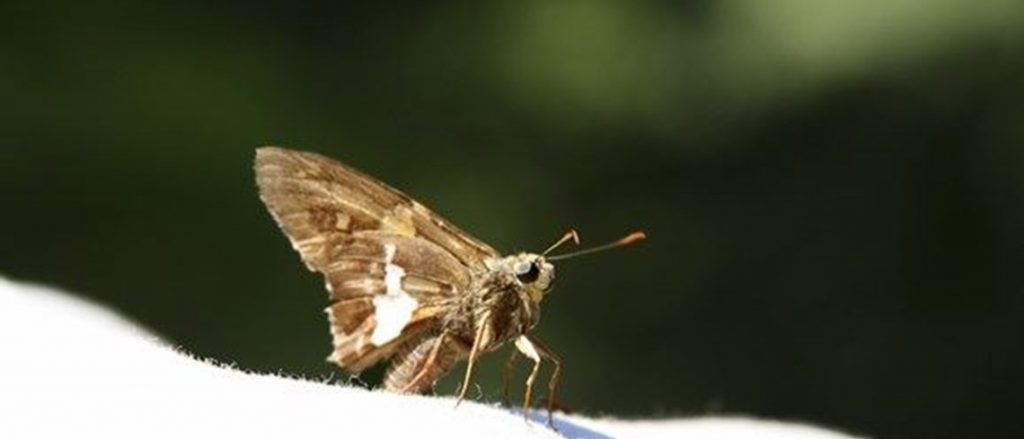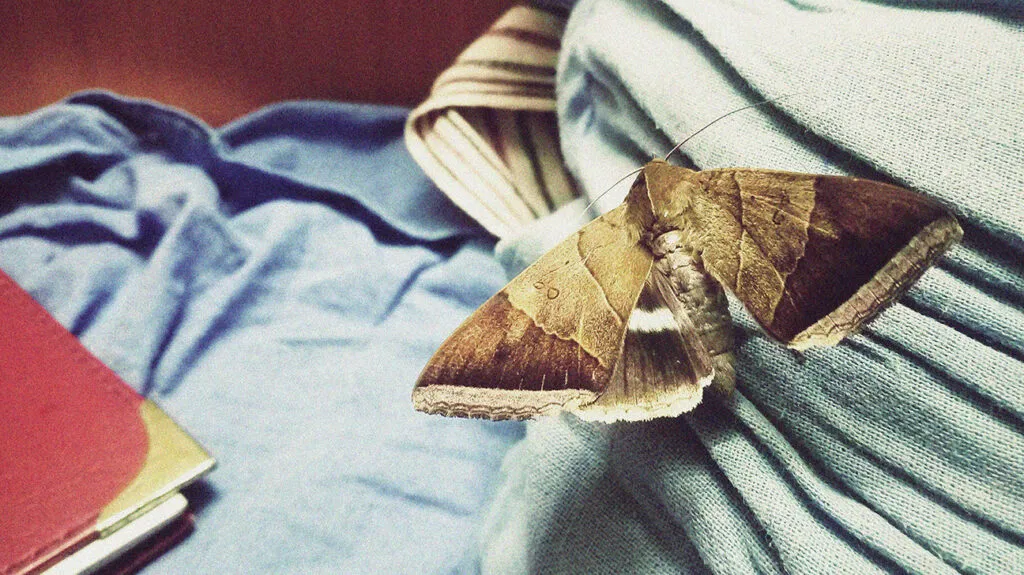When you are doing some heavy cleaning, finding moths is not such a surprising thing. The cloth moths are the most nuisance ones that you will ever find. Moth repellents are anything that keeps the moths away from food sources. Further, these insects love to feed on cashmere, silk, and all kinds of fabrics. They also feed on the dead cells found on the clothes. The moth repellents keep the moths at bay and they can’t keep coming back. There are so many Organic Pest Control ways to prevent moths from entering your homes. So, you just have to be a bit more careful when you are dealing with them.

Best tips to keep the moths away:-
- Controlling of humidity
Moths love breeding in humid climates. They love rooms with about 80 to 90 percent humidity in them. If you stay at locations with great humidity, you can go for a dehumidifier. Further, these work the best however you want them to. You can place them strategically all around the home. It will work to keep humidity at low levels. So, this in turn will prevent the moths from breeding.
- Cleaning up the entire place
The moths are so much attracted to dust and debris. One of the best ways to keep them away is to have clean living spaces. Additionally, don’t keep your clothes unwashed. Moth Control Inspection is possible if you pay attention to it.
- Using of repellants
The moth repellents work the best with moths. You can trust the professionals to do the job or try out the DIY methods. Cucumbers are natural pest control ways. Cedar is yet another natural repellent you can try. Just place the cedar products with the clothes and your work is done. There are DIY moth killers and sprays for your use.
- Calling a professional
The professionals are the best in their work. They have the right tools for removing the moths. Book an appointment with them and they will come to your home and you will get rid of the moths within seconds.
Best moth repellents:-
- Mint
Mint leaves are so effective moth repellents. You can use mint along with peppermint oil. Take a few drops in cotton balls and put them in your closet.
- Thyme and Rosemary
You can fill a sachet of rosemary, thyme, and cloves to keep the moths away for months. Furthermore, you can replace the sachets every six months to keep them effective. Change the bags when they start to lose their fragrance.
- Lavender
Lavender has such a sweet aroma making it famous moth repellent. It also keeps all the other insects at bay. You can pour some lavender oil in closets, storage boxes, and where you store anything.
Conclusion
The cloth moths tend to stick close to the cloth fabrics. They love hanging out in the dark corners of your houses. Some different types of moth in the home. You can try keeping the moths away but there are so many ways of them coming inside your homes. So, you must be careful all the time.

